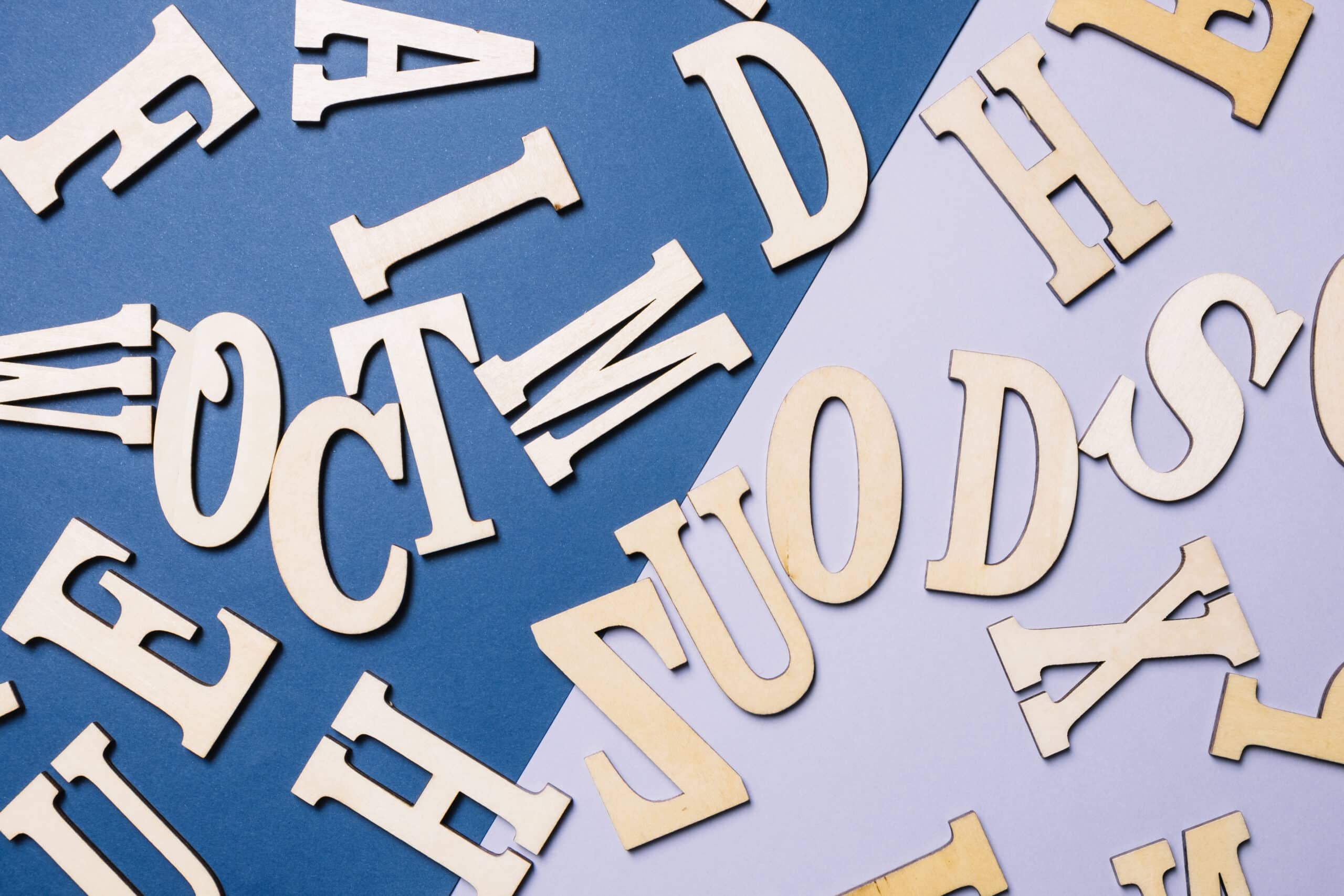- añejo (very old, mature)
- cariñoso (loving, affectionate)
- castaño (chestnut-colored)
- ceñido (tight-fitting)
- dañino (harmful)
- desaliñado (scruffy)
- estreñido (constipated)
- extraño (strange)
What do all these adjectives have in common? They contain the letter Ñ. This peculiar letter carries a history full of curiosity, fascination and we are not surprised: it’s so singular; it only exists in the Spanish language!
Many students who come to our Intensive Spanish Courses haven’t even seen this symbol before (the same happens to us with certain cedillas as in French or Portuguese, and upper symbols in certain consonants, like in the Islandic language).
Which are the origins of “ñ”? Discover the difficulties with the ñ
Its roots can be found in medieval Latin. At that time, abbreviations of words started to be used to simplify writing of certain words. One of those was the combination of “n” and “y” overlapped, representingthe /ɲ/ sound in words like "anno"; (año = year) o "(dominyo = domains). As time went by, this combination fused together in a unique graphic form: the current "ñ".
By the way: it wasn’t in the RAE dictionary until 1803. The letter "ñ"; has become a distinctive symbol of Hispanic identity and a brand recognized throughout the world.
We are so glad that thanks to this letter we can have the Spanish expression “ñam ñam” to express when something is tasty! Ask your Intensive Spanish course teachers in Madrid for more expressions that include letter “ñ”!
If you come from another country, you may even not have it in your keyboard! So be aware that a word can completely change its meaning if you just type regular “n”. You may want to find it in your Microsoft Office symbol library beforehand ;)
If you have any questions or want to start learning the difficulties with the ñ and other Spanish issues, contact us.


